From Oct. 22, 2025, to Jan. 11, 2026, the Pietro Canonica Museum in Villa Borghese, Rome, will host the exhibition The Gentle Giants: architecture and anthropology of the dove towers of Esfahan province, curated by Danilo Rosati, co-director of the ISMEO Mission in Esfahan (Iran), Ilaria Elisea Scerrato, head of anthropological documentation, and Livio Pittui, coordinator of the exhibition project. The initiative, promoted by Roma Capitale and the Capitoline Superintendence for Cultural Heritage, is organized by ISMEO - International Association for Mediterranean and Oriental Studies, under the patronage of the Ministry of Foreign Affairs and International Cooperation.
The exhibition is part of the dissemination activities of the Borj-e Kabotar research project, aimed at studying and documenting the dove towers of the Esfahan region, an architectural and cultural heritage that played an important role in Iranian rural life. The exhibition offers a visual tour aimed at illustrating the history, function and importance of these structures, with the goal of raising awareness of the scientific efforts required for their cataloguing and preservation. Esfahan’s dove towers represent examples of raw earth vernacular architecture, built to house thousands of pigeons and collect their guano, intended to fertilize fields. Most often cylindrical in shape, some towers reached 25 meters in diameter and 20 meters in height. The inner walls have nesting niches, while the outer surfaces are covered with smooth plaster to prevent access to predators. Many of the approximately 3,000 towers once present in the region date back to the reign of Shah Abbas the Great (1557-1628), ruler of the Safavid dynasty, whose intervention profoundly shaped the urban and monumental layout of Esfahan.
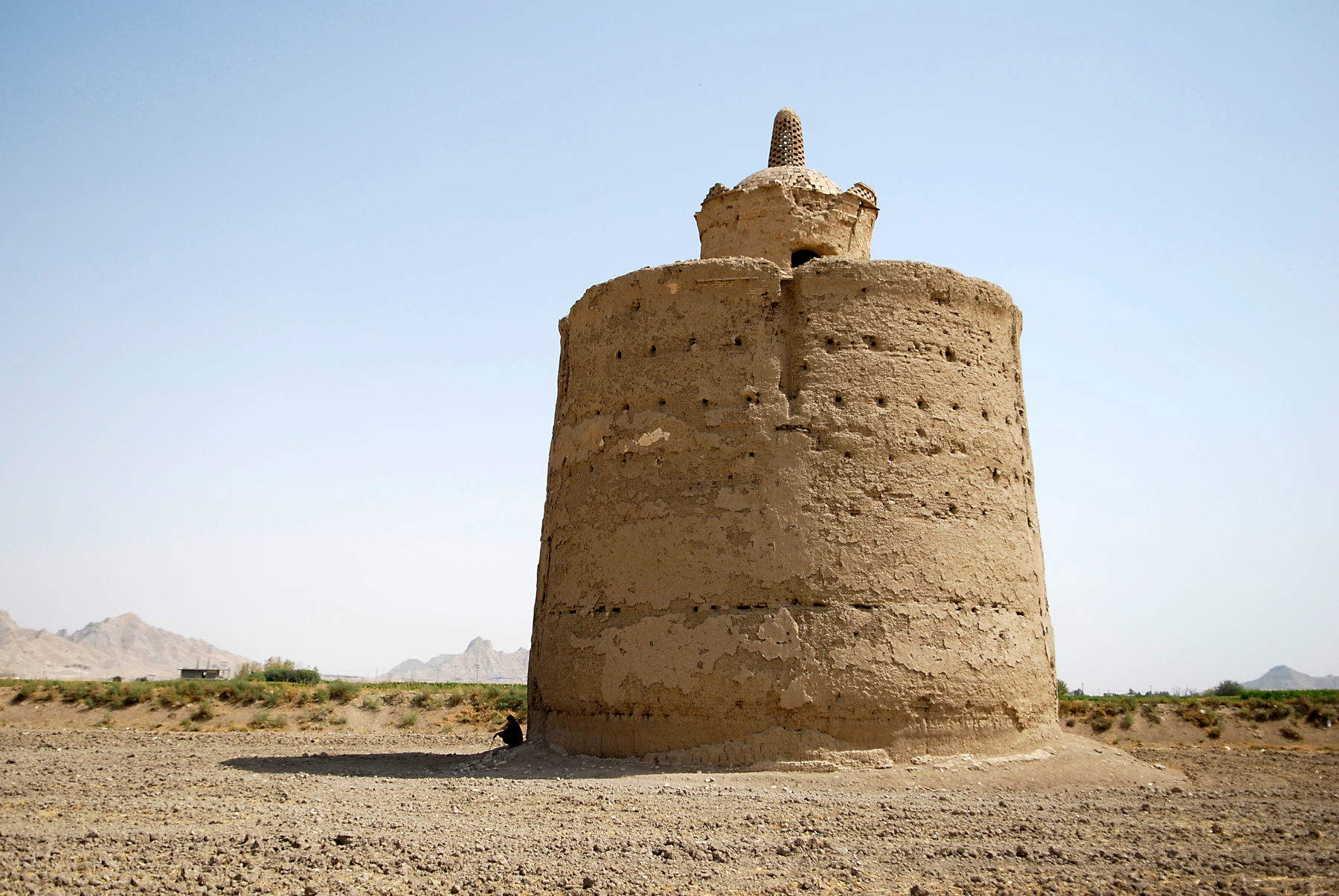
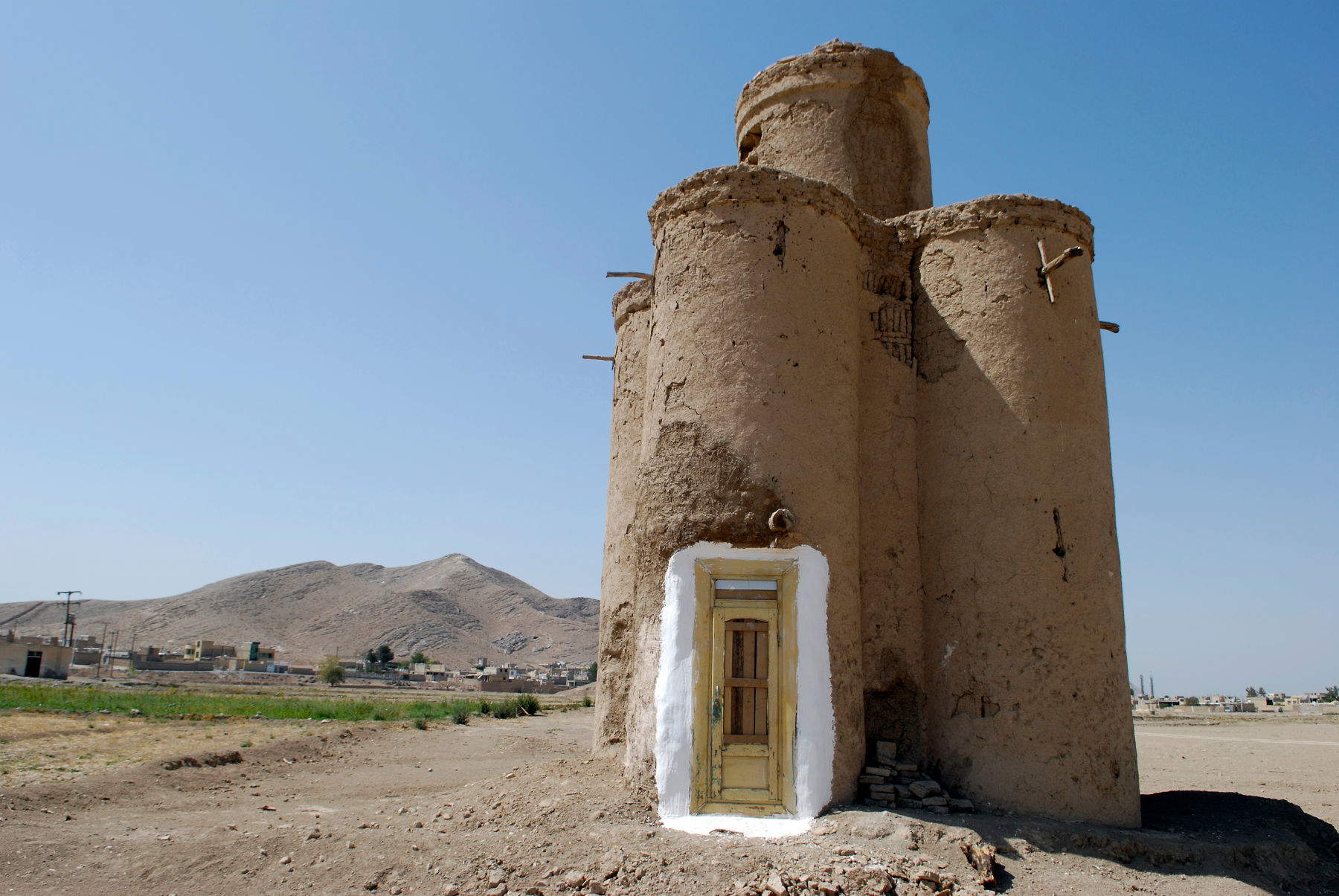
The exhibition is organized through the presentation of panoramic views and detailed photographs aimed at rendering the architectural and spatial complexity of the towers. The exhibit includes two three-dimensional plaster powder and resin models reproducing different types of towers, supported by audio-visual materials. A link between the museum and the exhibition theme is represented by two paintings by Alberto Pasini (1826-1899), part of the collection of paintings collected by sculptor Pietro Canonica. The works, created during Pasini’s trip to Iran in 1855-1856 in the retinue of diplomat Prosper Bourée, depict among other things the dove towers of Kunickak, offering rare evidence of the Orientalist imagery of 19th-century Italian art.
The exhibition is divided into three sections, accompanied by information panels in Italian and English. The entrance introduces the geographical and historical context of the towers, analyzing their origin, evolution, use and socio-economic relevance in Iranian rural life. The second section presents Pasini’s paintings and illustrates the Borj-e Kabotar research project, which takes a multidisciplinary approach by combining archaeology, architecture and anthropology. The ethnographic survey documented the relationship between the towers and rural communities, collecting knowledge passed down orally and analyzing transformations related to changes in use. Architectural survey activities, conducted with GIS and WebGIS tools, provided detailed data on the morphology and distribution of towers in the region.
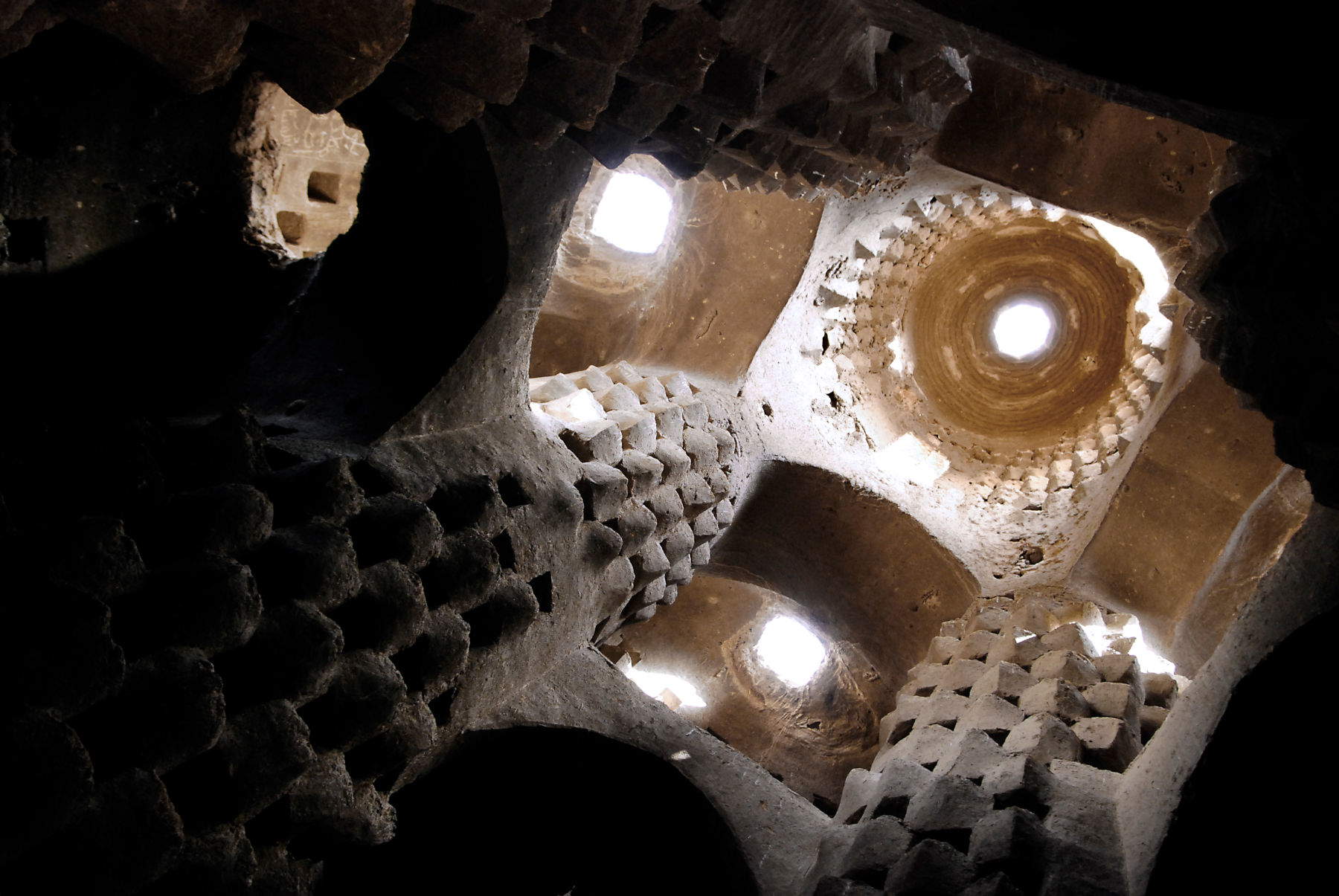
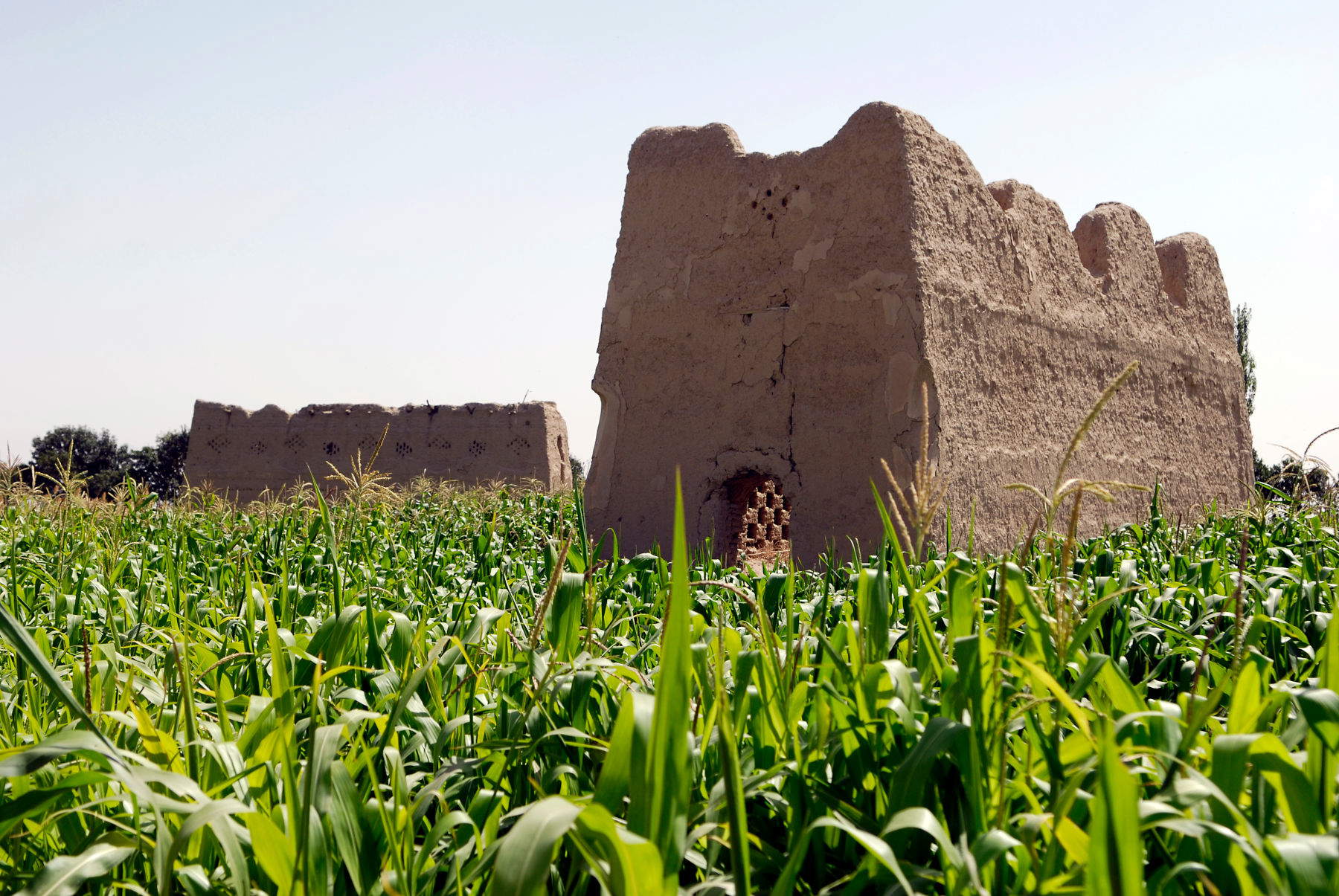
The third and final section, the heart of the exhibition, focuses on the typological analysis of the towers and offers an extensive photographic selection, created as part of the ISMEO project. The images document the relationship between the towers and the surrounding landscape, highlighting the construction, material and decorative characteristics of the different types. The exhibition also addresses issues such as abandonment, restoration and contemporary reuse, reporting experiences where some towers have been transformed into functional spaces, such as tea rooms, demonstrating their integration into modern village life.
The exhibition catalog, produced by ISMEO and published by the publishing house Scienze e Lettere in Rome, contains contributions by Danilo Rosati, Ilaria Elisea Scerrato, Tania De Nile and Carla Scicchitano, accompanied by photographs by Gaetano Pezzella and Danilo Rosati, completing the scientific and visual framework of the exhibition.
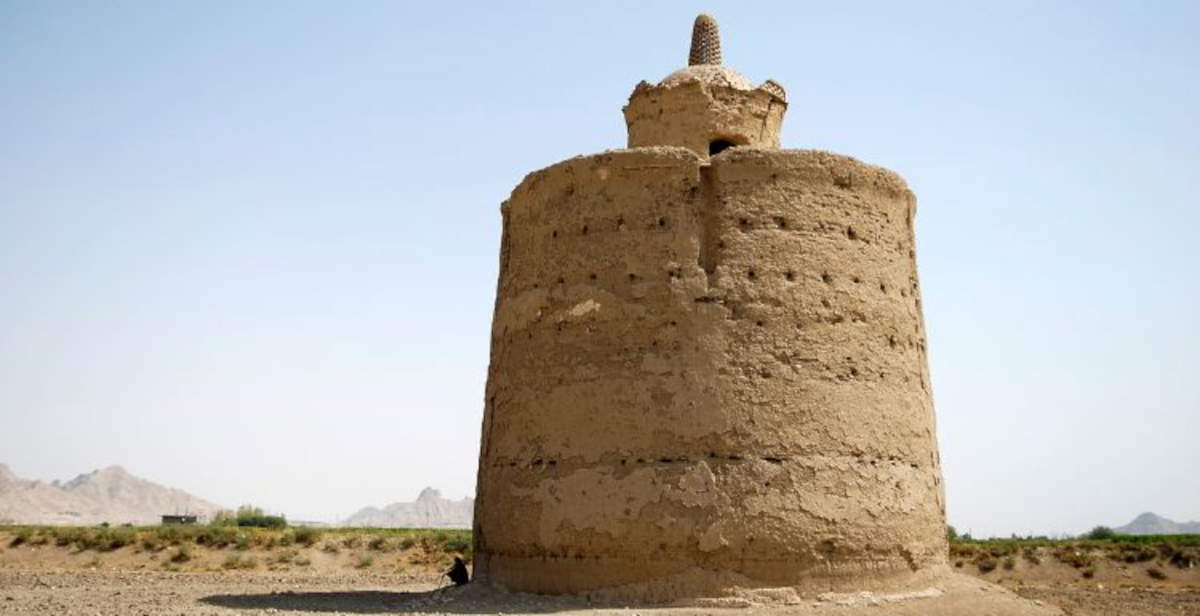 |
| Gentle giants: the dove towers of Esfahan (Iran) on display in Rome |
Warning: the translation into English of the original Italian article was created using automatic tools. We undertake to review all articles, but we do not guarantee the total absence of inaccuracies in the translation due to the program. You can find the original by clicking on the ITA button. If you find any mistake,please contact us.